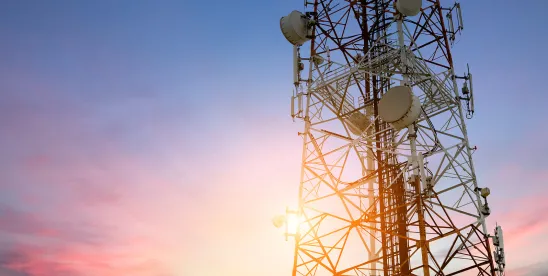The Telephone Consumer Protection Act (TCPA) continues to be a major source of litigation risk for businesses engaged in outbound marketing. In the first quarter of 2025, litigation under the TCPA surged dramatically, with 507 class action lawsuits filed — more than double the volume compared to the same period in 2024. This steep rise reflects shifting enforcement patterns and a growing emphasis on consumer communications practices. Companies should be aware of several emerging trends and evolving interpretations that are shaping the compliance environment.
TCPA Class Action Trends
In the first quarter of 2025, 507 TCPA class actions were filed, representing a 112% increase compared to the same period in 2024. April filings also reflected continued growth, indicating a sustained trend.
Key statistics:
- Approximately 80% of current TCPA lawsuits are class actions.
- By contrast, only 2%-5% of lawsuits under other consumer protection statutes, such as the Fair Debt Collection Practices Act (FDCPA) or the Fair Credit Reporting Act (FCRA), are filed as class actions.
This trend highlights the unique procedural and financial exposure associated with TCPA compliance.
Time-of-Day Allegations on the Rise
There has been an uptick in lawsuits alleging that companies are contacting consumers outside of the TCPA’s permitted calling hours — before 8 a.m. or after 9 p.m. local time. In March 2025 alone, a South Florida firm filed over 100 lawsuits alleging violations of these timing restrictions, many of which involved text messages.
Under the TCPA, telephone solicitations are not permitted during restricted hours, unless:
- The consumer has given prior express permission;
- There is an established business relationship; or
- The call is made by or on behalf of a tax-exempt nonprofit organization.
It is currently unclear whether these exemptions definitively apply to time-of-day violations. A petition filed with the FCC in March 2025 seeks clarification on whether prior express consent precludes liability for messages sent during restricted hours. The FCC accepted the petition and opened a public comment period that closed in April.
Drivers of Increased Litigation
Several factors appear to be contributing to the rise in TCPA filings:
- An increase in plaintiff firm activity and case volume;
- Ongoing confusion regarding the interpretation of revocation rules; and
- Continued complaints regarding telemarketing practices, including unwanted robocalls and text messages.
These dynamics reflect a broader trend of regulatory and private enforcement in the consumer protection space.
Compliance Considerations
Businesses should take steps to ensure their outbound communication practices are aligned with current TCPA requirements. This includes:
- Documenting consumer consent clearly at the point of lead capture;
- Ensuring systems adhere to permissible calling and texting times;
- Reviewing policies and procedures for revocation of consent; and
- Seeking guidance from counsel with experience in consumer protection laws.
Conclusion
The volume and nature of TCPA litigation in 2025 underscore the need for proactive compliance. Companies should treat consumer communication compliance as a core operational issue. Regular policy reviews, up-to-date systems, and informed legal support are essential to mitigating risk in this evolving area of law.





 />i
/>i
